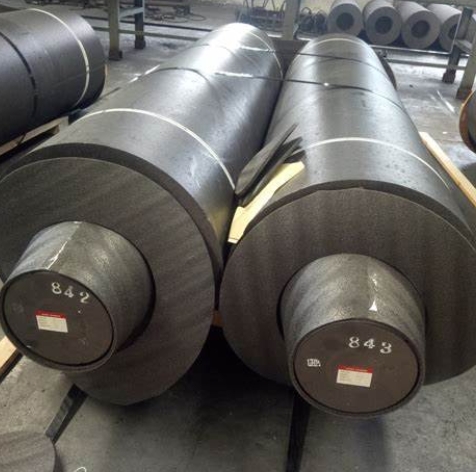
Graphite Electrode usage is widespread across several industries, with a particular demand in the steel industry. In electric arc furnaces, they are used to melt scrap metal by creating an electric arc. Graphite electrodes can withstand high temperatures and mechanical stress, making them suitable for the smelting process. The aluminum industry uses them as cathodes to separate aluminum from the alumina in electrolytic cells. The high electrical conductivity and chemical stability of graphite makes it an excellent choice for this application.
The need for electrodes that are more efficient, environmentally friendly, and have a lower carbon footprint is growing in the industry. Graphite electrodes can contribute to this because they're highly efficient in terms of carbon and produce no toxic byproducts. In the graphite market, there are many mergers as firms try to improve their position for future sustainable manufacturing.
Graphite can be made into a variety of modified electrodes to provide additional functions. Graphite can be coated in a particular material, which will give it optical qualities or improve its conductivity. To improve performance, it can be doped. Doping graphite with fluorine increases its sensitivity for detecting toxic metals, such as lead and mercury in drinking water.

The modification of electrodes is a widely used technique in electrochemistry to improve the figure of merit of the instrument for specific applications. As the preparation of graphite electrolytes (GCE) is time-consuming and involves extensive cleaning, pretreatment and sterilization of the electrode surface, this technique can also be used to reduce the overall analysis time. After minimal cleaning, modified graphite electrodes are reusable and reduce the analysis time.
Fluorine-doped graphite electrodes, for example, showed high sensitivity in the detection of mercury and copper in drinking water, cigarette smoke, and tap water. The electrochemical performances of these modified graphite electrodes were comparable to those of GCEs. The electrodes' background capacitance in organic solvents was reduced, while their redox ranges were wider. It was possible to immobilize bilirubin-oxidase, glucose-oxidase covalently on graphite polymer composite electrodes. This method showed a higher loading of enzymes on the surface as compared with surface adsorption.
The wettability of graphite-polymer composite electrodes is improved in aqueous and organic solutions, and their redox potential remains stable to -1.5 V in acetonitrile. Cyclic-voltammetry tests using well established redox sensors showed that electrodes had a wide range of operating conditions. As a result of their covalent bonding, enzymes and peptides have exhibited a larger reducing voltage on graphite-polymer based electrodes.

Write a Message